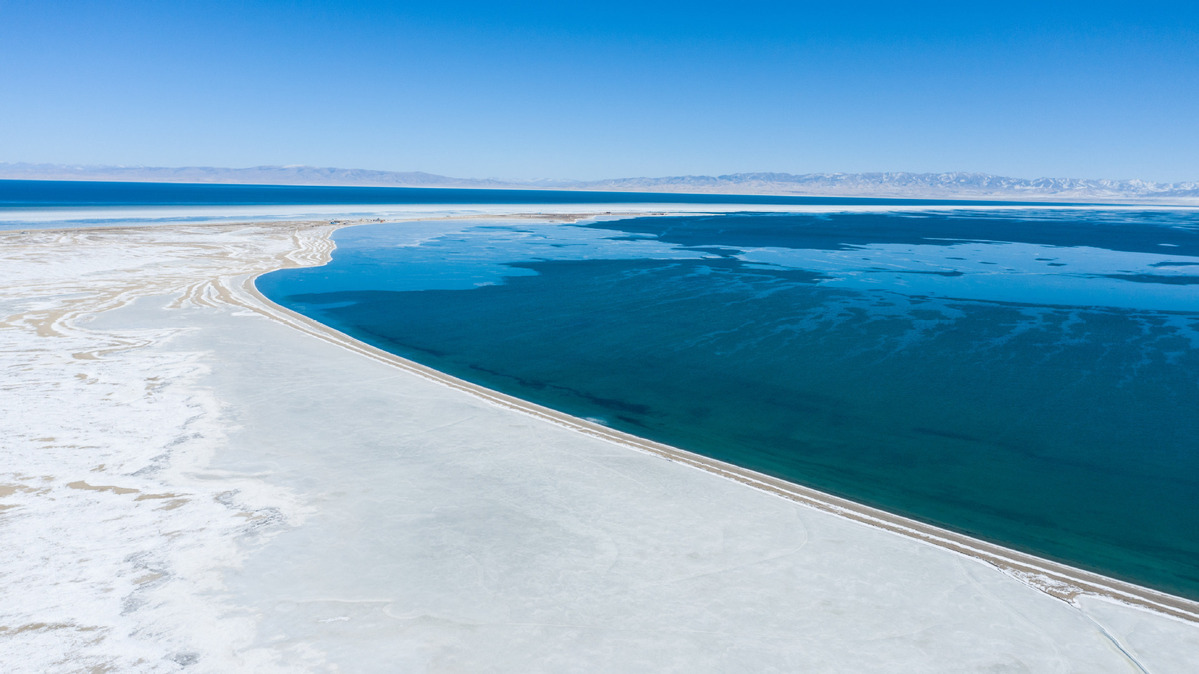
A photo of Qinghai Lake, China's largest inland saltwater lake in Northwest China's Qinghai province, on Dec 27, 2019. (Photo: Xinhua)
BEIJING -- Chinese researchers have revealed the response of lakes on the Qinghai-Tibet Plateau to climate changes over the past five decades, said the Chinese Academy of Sciences.
Researchers from the Institute of Tibetan Plateau Research under the CAS summarized the evolution, spatial patterns and driving mechanism of the changes of alpine lakes on the Qinghai-Tibet Plateau, to better understand its climate changes and the water cycle.
The research paper published in the journal Earth-Science Reviews analyzed issues including the interannual and seasonal variations of the alpine lakes, the comprehensive response of lakes to climate changes, as well as the driving mechanism of lake evolution over the past 50 years.
The Qinghai-Tibet Plateau has witnessed a slight decrease in its lake area, level and volume from 1976 to the mid-1990s, followed by a continuous rapid increase, said the paper.
In the past 50 years, the spatial patterns showed an overall lake growth in the north of the inner plateau against a reduction in the south. The changes in lake temperature were negatively correlated with water level variations and lake ice duration.
The paper also reported that the enhanced precipitation was the main contributor to increased lake water storage, followed by glacier mass loss and permafrost thawing.
In the near term, the lakes on the Qinghai-Tibet Plateau are expected to continue expanding. The interdisciplinary lake studies are urgently required to improve understanding of the climate-cryosphere-hydrosphere interactions and water resource management, said Zhang Guoqing with the ITP.


